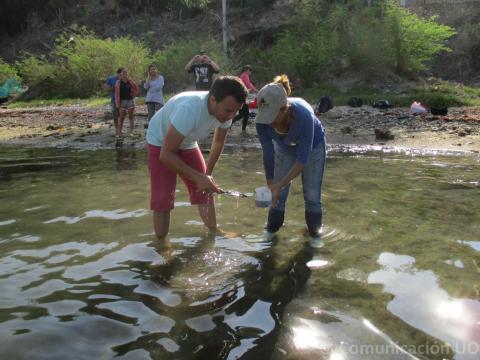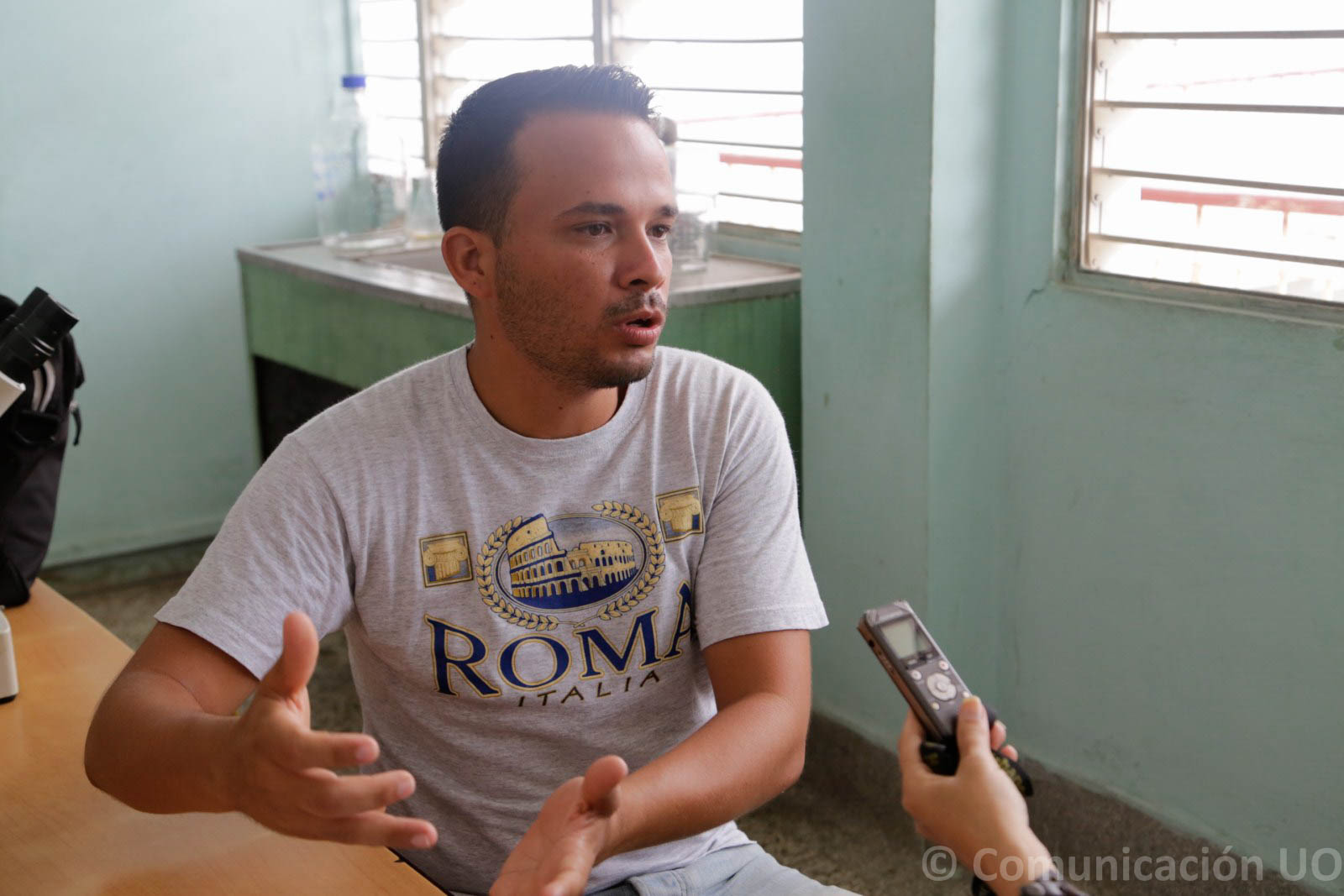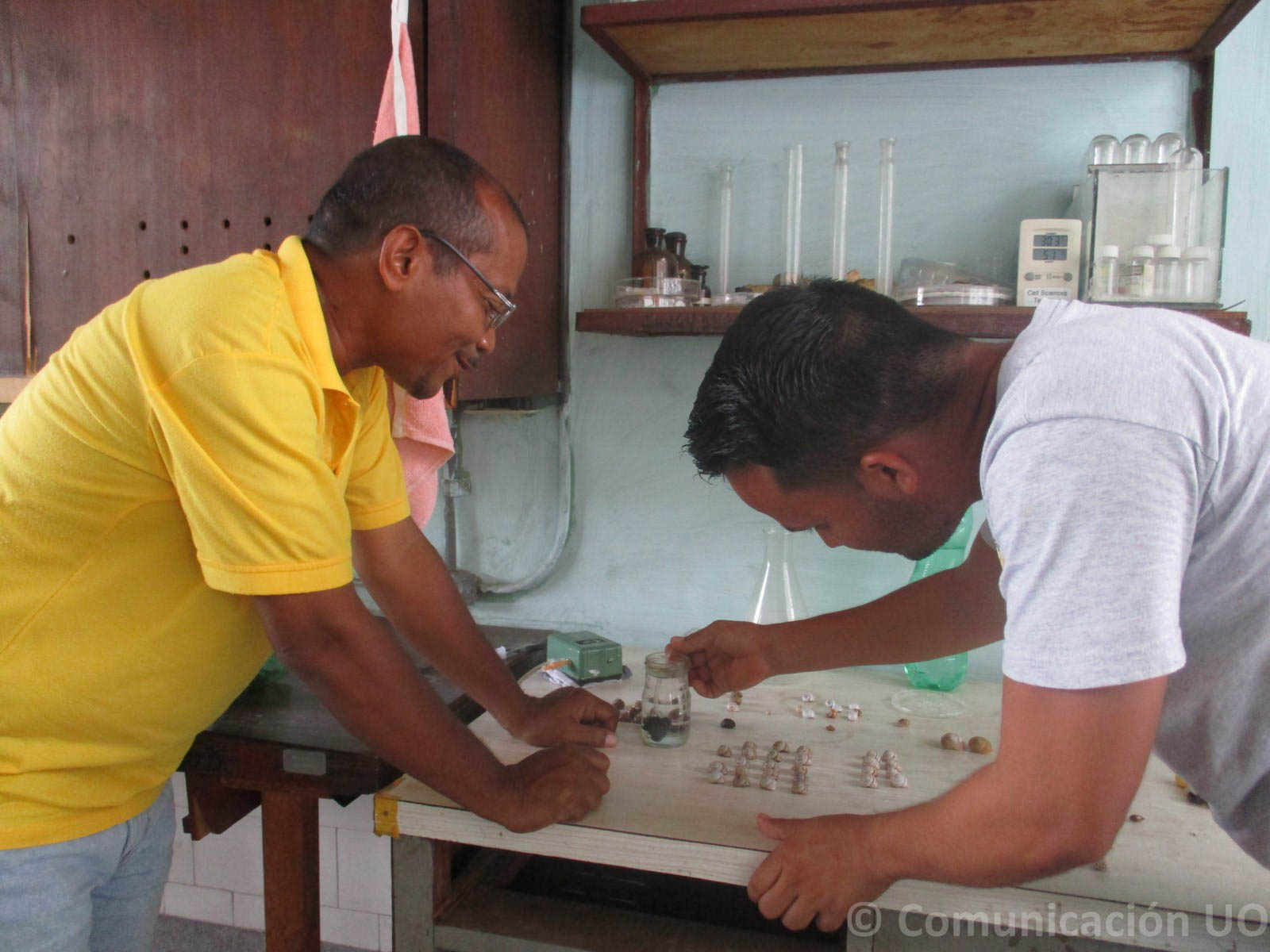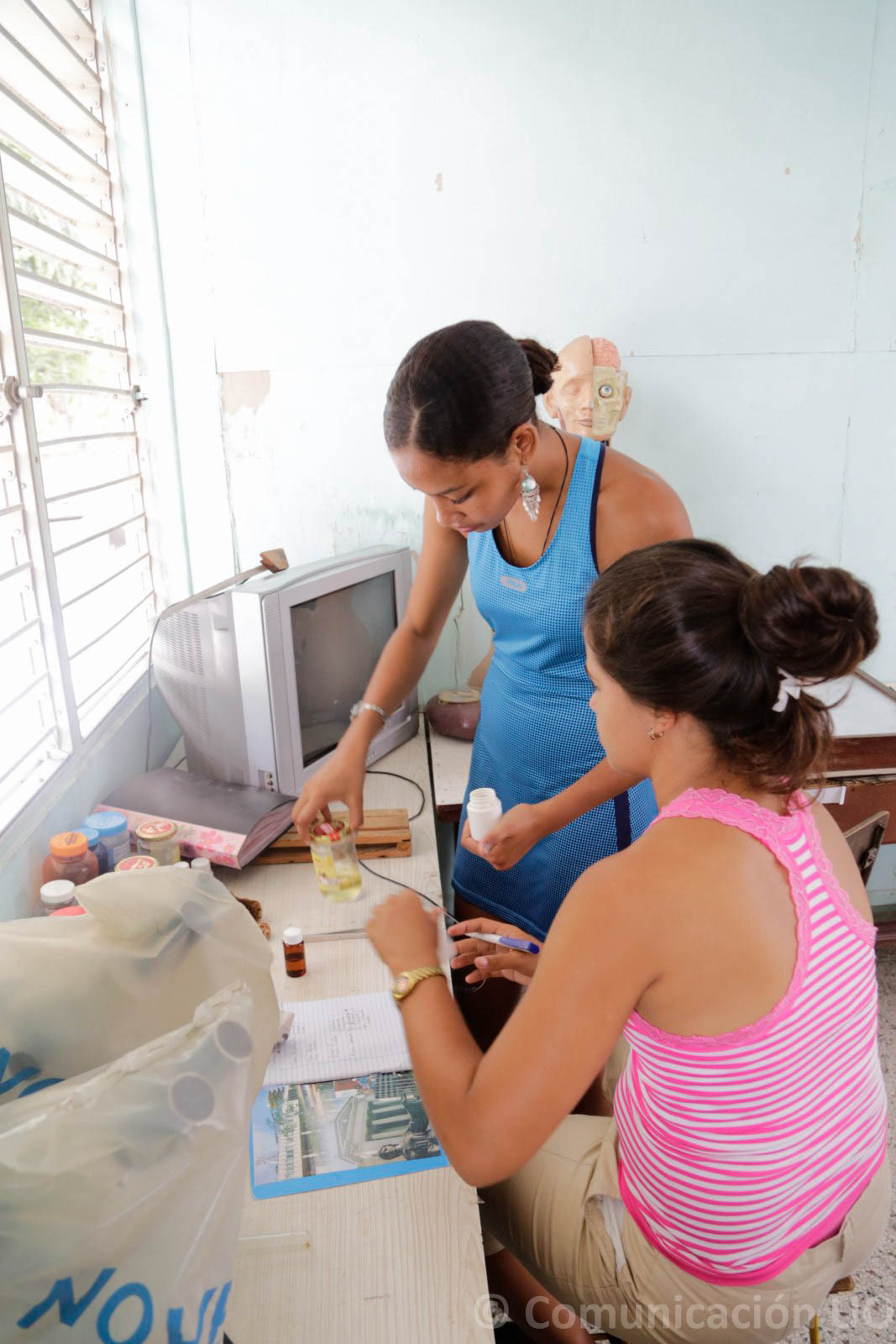
The description of Parapharyngiella Caribbaea (Trigonostomidae; Rhabdocoela; Platyhelminthes), a Cuba's marine microturbary, is reported as a result of P1 referred to environmental scientific services for the development of sustainable agriculture and to address climate change in eastern part of the country.
According to the MA Yánder Luis Diez García, Assistant Professor at the Department of Biology of the Faculty of Natural and Exact Sciences of the University of Oriente "A species of marine microturbary of Cuba is described for the first time: Parapharyngiella caribbaea, collected in Santiago de Cuba and Holguín. In total we have collected about 75 species of microturbaries in Cuba, out of which 60 are new to science and are also involved within the process of description, all endemic to Cuba so far, which speaks of the high value of our country's marine biodiversity And its importance in the Caribbean Sea. "
Microturbaries are very small species of flatworms, between 0.1 mm and 2 mm in size, of which 90% of the species that inhabit the seas are unknown. The study responds to the doctoral thesis of Professor Yander, who explains that the study of these species is possible thanks to the support of the VLIR-UOS project and a PhD grant from the University of Hasselt (Belgium), as the second phase of research is conducted in Belgian laboratories. "In Cuba we do the collection, the study of its anatomy in vivo; then at the University of Hasselt we carry out genetic studies and studies of internal anatomy."
For the Belgian side the teacher is tutored by the PhD. Tom Artois and PhD. Patrick Reygel, both from the University of Hasselt. While on the Cuban side, this research is leaded by PhD. Bernardo Reyes Tur, from the Department of Biology of the UO, who points out that "there is an increase in terms of academic exchange and visibility of Cuban scientists abroad. The description of new species is one of the most relevant scientific contributions in the biological sciences and with the VLIR-UOS project we advance in the genetic description, which is an important topic. We focus the study on the integrality of the concept of biodiversity ".
So far some 50 000 species have been described or recorded in the country, but according to researchers the potential of the island doubles this figure. "In the next stages of the project will work with other animal groups - the MA needs. Yander Diez - like mollusks and marine nemertines, with wide presence in the Caribbean Sea, of the last only two species are known in Cuba.

According to the MSc. Yánder Luis Diez García in total has collected about 75 species of microturbaries in Cuba, of which 60 are new to science

The description of new species is one of the most relevant scientific contributions in the biological sciences, says Dr.C. Bernardo Reyes Tur. With the VLIR-UOS project, we advance in the genetic description, one of the most important aspects.

In the next stages of the project it is planned to work with other animal groups and to enhance the equipment of these laboratories. Photos Rovier Table and Courtesy Dra.C. Teresa Orberá.
Translator: Maite Elisa Palacios Herrera

